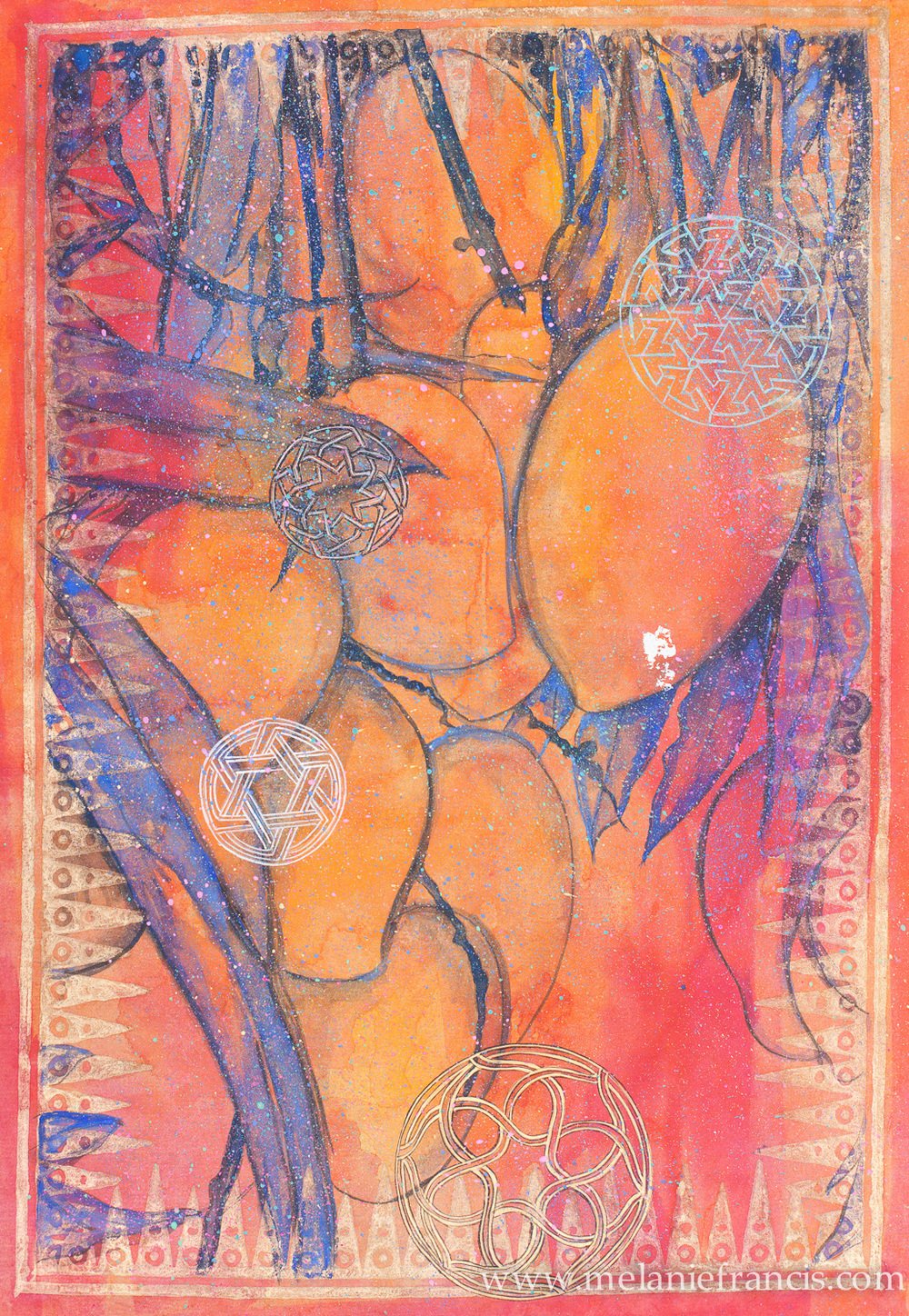Pigment and Colour
The design of an artwork may catch the eye or draw you to an intricate pattern so renowned in Islamic art; but it is the language of colour that interprets the work and indeed the world for us. It is part of the interpretive emotions that we see and feel both as individuals and culturally, colour affects our reactions as no other visual language can.
Our eyes are sensitive to every nuance of colour, our emotions are heightened and expressed by our choices and combinations of colour.
India, it seems has the brightest and richest of colours, pure and bold, vibrant and sensual, it is probably in the DNA from centuries of use, a way of making sense of the world.
Colour is influenced by our nationality, our climate and landscape, it plays a part in our history anthropology and arts.
My colour preferences have changed over time from strong, intense and bright to subtler varieties of shades. Perhaps a psychological perception depending on sensitivies? One thing I have noticed is that once the right tones which perfectly synthesise the union of emotions I want to convey is found, and depending on placement and interaction with other colours will yield innumerable opportunities for use.
Then quite suddenly by changing climate or location the previously pleasing colour language tends to alter, and for those lovers of expressive colour begins the passionate task of interpreting the subtle effects of how we see colour again. In most languages there are eleven named main colours, but within cultures and regions of the world there are many variations in interpretive symbolic uses.
Colour works its magic in any culture dissolving its differences in a bid to reach the divine, and the combination created in art is the reward.
Names of colours often reveal their origins, and most ancient pigments have many names that reveal their cultural traditions, Indigo from India and Orpiment, a Latin named pigment from the Middle Ages and today considered toxic.
The symbolism of colours in different cultures is as varied as there are preferences, and their supply and expression is a significant part of communication.
There are a number of of systems considered in obtaining and manufacturing paint colours by traditional artists; various parameters for the colour to be manufactured, like the level of saturation, hue, intensity, brightness and tonality, and it is why most traditional artists prefer to create their own colourants from raw minerals and organic pigments.


